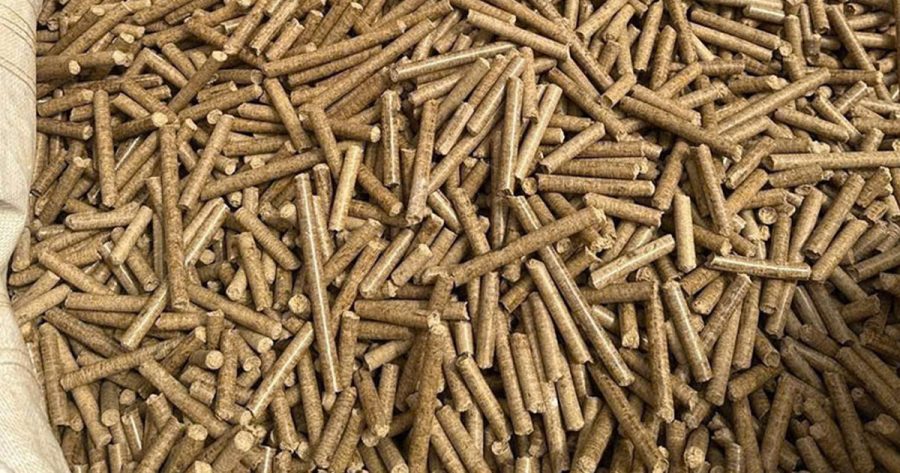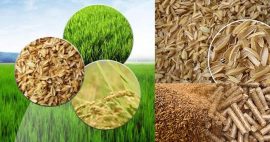In 2024, Vietnam’s wood pellet and wood chip industry continued its impressive trajectory, with exports exceeding 24 million tons, generating nearly $3.5 billion in total revenue. These biomass products primarily served as fuel for thermal power plants, reinforcing Vietnam’s strategic role in the global transition to clean energy.
Strong Export Performance in 2024
According to industry statistics, Vietnam exported 6.03 million tons of wood pellets in 2024, earning $805.27 million. This represented a 29.1% year-on-year increase in volume and an 18.5% rise in export value compared to 2023.
South Korea and Japan remained the dominant importers, accounting for 94% of export volume and 92.6% of total export value. The European Union emerged as the third-largest market, importing 95.6 thousand tons, valued at $15.76 million.
However, the average export price of Vietnamese wood pellets declined. Exports to Japan averaged $145/MT, down $14/MT from the previous year. Meanwhile, exports to South Korea dropped $17/MT, settling at $109/MT.
Expanding Industry and Growing Global Demand
Vietnam currently has over 350 manufacturers producing wood pellets, with around 80 companies actively exporting. The sector has also attracted foreign direct investment (FDI), particularly from South Korea and Japan, which have established numerous pellet manufacturing plants across Vietnam.
Experts forecast that global demand for wood pellets for thermal energy will reach 30 million tons by 2025, and potentially hundreds of millions of tons annually beyond 2030. Despite Vietnam ranking as the world’s second-largest exporter, it currently supplies only 10–15% of global demand—highlighting immense potential for future growth.
Aligned with Net-Zero Goals and Environmental Benefits
At COP26, many countries pledged to phase out fossil fuels and transition to renewable energy. Biomass fuels like wood pellets are a critical component in achieving these goals. When used as a coal alternative, pellets offer a net-zero carbon cycle, as CO₂ emissions from combustion are offset by carbon absorption during tree growth.
Moreover, the industry primarily utilizes wood by-products and forestry residues, contributing to sustainable resource use and environmental protection. However, the supply of raw materials is becoming increasingly constrained due to rising domestic and international demand.
The Role of Agricultural Biomass
To address raw material shortages and boost domestic energy independence, Vietnam is exploring alternative biomass sources such as rice husks, straw, and agricultural residues. Annually, Vietnam produces over 80 million tons of rice straw and 17 million tons of rice husks, offering tremendous untapped potential for pellet production.
Developing technology to process these materials into fuel-grade pellets is critical for future growth. Leveraging this biomass can help diversify feedstock, stabilize supply, and reduce reliance on wood-based inputs.

Outlook: Domestic Use and Future Investment
As pellet prices face downward pressure, more of Vietnam’s pellet output may be retained for domestic thermal power generation, especially as coal-fired plants seek cleaner fuel alternatives.
To ensure long-term success, Vietnam’s pellet industry must invest in technology innovation, raw material diversification, and supply chain efficiency—positioning itself as a sustainable energy leader and contributing meaningfully to the country’s climate commitments.
By Vietnam Economy





